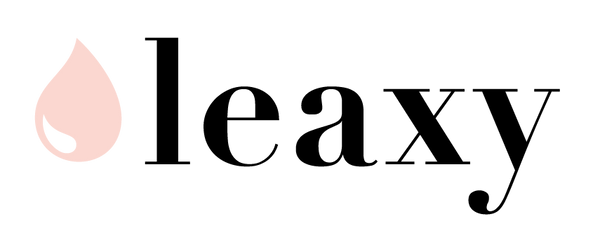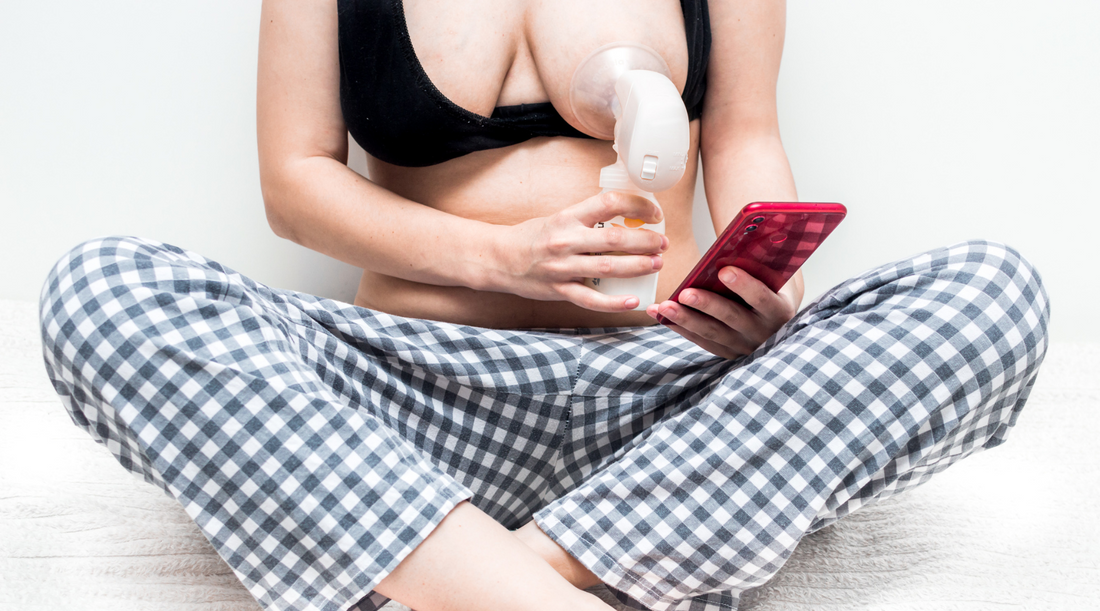Exclusive pumping is the art of feeding your baby only pumped breast milk, as opposed to breastfeeding your baby directly from your breast.
And while pumping exclusively is most definitely considered breastfeeding (since breastfeeding is the act of feeding breast milk to an infant or child), it doesn’t mean it makes it any easier than latching a baby to your nipple.

It’s estimated that of the 3.6 million+ babies born every year in the United States; more than 182,000 of them are breastfed through exclusive pumping. That’s roughly 6% of all breastfeeding women who pump exclusively for their child.
As advances in technology for pumping continue to rise, so do ways to help make exclusive pumping a little bit easier. Innovations such as hospital grade breast pumps people can use at home or at work, wireless pumps that hide discreetly in a bra, and breast leak leisurewear that’s designed to absorb leaking breast milk in between pump sessions all help to make exclusive pumping more accessible.
Not only that, but more U.S. laws are in place throughout the country that help enable people who are breastfeeding be able to do so while at work.
Under the Fair Labor Standards Act (FLSA), “most nursing employees have the right to reasonable break time and a place, other than a bathroom, that is shielded from view to express breast milk while at work,“ according to the U.S. Department of Labor.
Regardless of all the innovation and progress we’ve made; the mental and physical toll exclusive pumping can have on a person can still be extremely overwhelming.
We, at Leaxy, are on a mission to help support all people on their breastfeeding journey, and because of that we’ve enlisted the help of International Board-Certified Lactation Consultant extraordinaire, Leslie Owens, to help share with us some tips and words of wisdom for those who are or are thinking about pumping exclusively.
Leslie, can you tell us why do some breastfeeding parents pump exclusively?
“Some parents exclusively pump by choice and others by necessity. Often when breastfeeding does not go well, parents will decide it would be easier for them to pump and give their expressed milk in a bottle. Other parents have a type A personality and HAVE to feed on a predictable schedule and know how much their baby is getting each feeding, which pumping allows them to do. Sometimes parents even have a history of trauma that prevents them from wanting to latch their baby to the breast.”
Are there recommendations for how long someone should pump exclusively?
“The WHO and AAP recommend babies receive breast milk for 2 years, but any length of time is very beneficial and provides lifelong health benefits for both mom and baby.”
Does pumping exclusively affect the amount of breast milk produced?
“Yes. Since milk production is mainly based on supply and demand, pumping usually yields an abundant milk supply. Many pumping parents end up with an oversupply as well.”
What’s a good schedule for pumping exclusively?
“It is recommended to pump at least 8 times a day until milk supply is well established. That can look like pumping every 3 hours around the clock, or it can look like pumping every 2 – 2.5 hours during the day and going one stretch of 4 – 5 hours at night. It is important to pump at least once in the middle of the night when prolactin levels are highest.”
How long should a pumping session last? Should it be based off of time pumped versus amount of breast milk pumped?
“Ideally 15-30 minutes. I always recommend pumping 1-2 minutes past the last drop of milk, or at least 15 minutes, whichever is the longest.”
What’s a good rule of thumb when finding the right size for a breast pump flange?
“A good rule of thumb is that the standard flanges that come with pumps are usually not the right size for most parents. If your areola is being pulled into the flange, it is usually too large. On the contrary, if the nipple is rubbing the sides of the tunnel, the flange is likely too bit. I recommend getting flanges sized by a lactation professional, if possible.”
Are there any other tips you have for pumping exclusively?
“Get a pumping bra! It allows you to be hands free and the support actually improves output. Use hands on pumping. Gentle massage and compression increase pump output significantly. Hand expressing after sessions in the beginning can also increase supply more quickly. Have extra sets of parts and plenty of bottles so you can spend less time washing parts.”
Finally, do you have any words of inspiration to help people pumping exclusively?
“Yes! Pumping IS breastfeeding! You do not need to feel like it is less than or a consolation prize if you choose or need to exclusively pump. It is hard work and just as much, if not more, a labor of love as it is latching your baby to the breast. You are doing an amazing job!”
Love Leslie Owens and want to check out more about her? Visit her website here.

